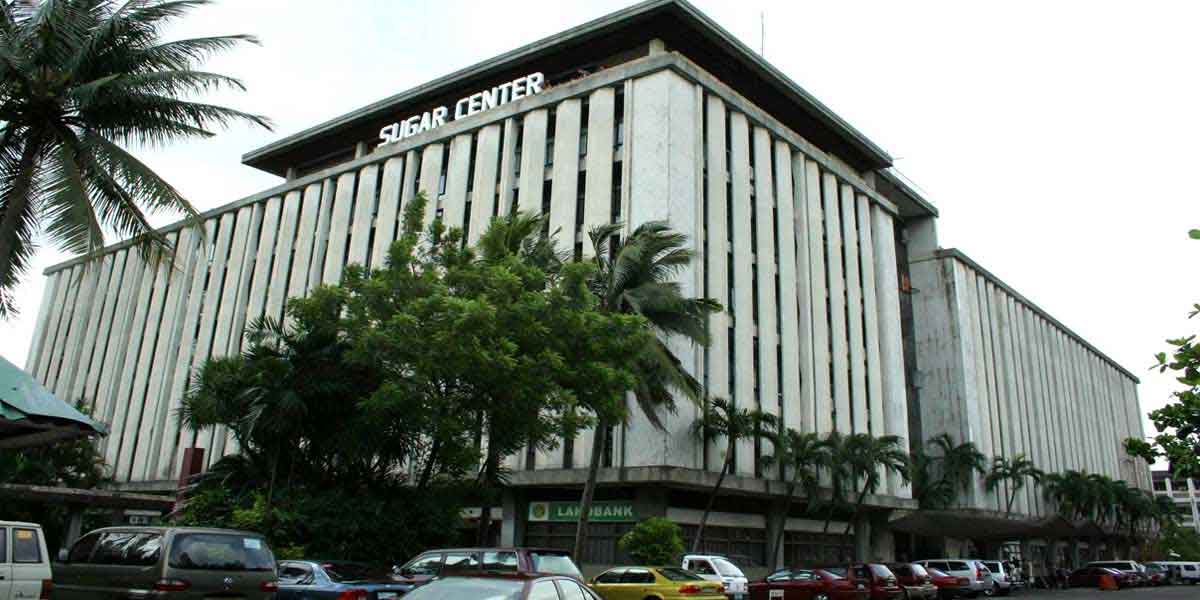By Richard Javad Heydarian
The Filipino military chief has announced new plans for massive construction activities across all Philippine-claimed land features in the South China Sea, a move that promises to intensify already hot tensions with China over contested territories.
General Romeo Brawner made the high-stakes announcement, which covers as many as nine disputed sea features, directly after a command conference with Philippine President Ferdinand Marcos Jr at the Armed Forces of the Philippines (AFP) headquarters in Camp Aguinaldo.
“We’d like to improve all the nine, especially the islands we are occupying,” he added, referring to Thitu island, the second-largest naturally formed land feature in the Spratlys, as well as in Nanshan island, the fourth-largest in the area.”
The plan comes after earlier announcements that Manila plans to press ahead with fortifying its position in the Second Thomas Shoal – a disputed feature situated between the Spratlys and the island of Palawan — where a small Filipino marine detachment has been precariously stationed in a sinking vessel known as the Sierra Madre.
The Philippines maintains that this is largely for defensive purposes since rival claimants, especially China and to a lesser degree Vietnam, have been engaging in massive construction activities in the area over the past decade.
The Philippine defense establishment sees its new fortification plans as a desperately needed effort to catch up with rivals and make up for years of strategic passivity under the pro-Beijing Rodrigo Duterte presidency.
Nevertheless, Manila risks overcorrecting past mistakes by unduly provoking confrontation with China, which has adopted an increasingly bellicose stance in response to the radical reorientation in Philippine foreign policy under the Marcos Jr administration.
Catch-Up Time
In many ways, the Philippines is both a latecomer as well as a pioneer in the South China Sea scramble. Under the Ferdinand Marcos Sr. dictatorship, the Southeast Asian nation was at the forefront of building military and civilian facilities in the disputed areas, culminating in the establishment of a modern airstrip on Thitu Island in the late 1970s.Top of Form
Subsequent Filipino presidents, however, lacked either strategic urgency or the resources to maintain and upgrade the country’s position in the maritime area as Vietnam, Malaysia and Taiwan also built substantial facilities on disputed South China Sea features.
But China’s massive reclamation activities, beginning in late 2013, jolted the Philippines out of its stupor. At the same time, Vietnam also pressed ahead with the militarization of land features under its control.
Even notoriously cautious Malaysia, known for its “quiet diplomacy”, has been unilaterally developing energy resources within Chinese and Vietnamese-claimed waters in recent years.
It was not until the late 2010s that the Philippines, under the guidance of independent-minded Defense Secretary Delfin Lorenzana, began properly maintaining and upgrading its facilities in places such as Thitu Island, which hosts a relatively large civilian community along with military personnel.
The Marcos Jr administration has built on those earlier efforts by recently establishing a two-story facility on the island, which boasts “advanced systems” such as vessel traffic management, coast cameras, radars and satellite communication equipment.
Philippine National Security Council Advisor Eduardo Ano, a former military chief who supported Lorenzana’s efforts in the past, welcomed the new facilities as a means to “greatly enhance the PCG’s [Philippine Coast Guard’s] ability to monitor the movements of the Chinese maritime forces, other countries that might be coming here, and also as well as our own public vessels and aircraft.”
Pushing the limits
The Philippine defense establishment, however, has even bigger plans for this year. In defiance of China, the AFP is set to fortify its de facto military base over the Second Thomas Shoal, which has been the site of multiple violent encounters between Filipino and Chinese maritime forces in recent months.
“What we are doing is we’re just trying to make it more livable, more habitable for our soldiers because their conditions are really difficult,” the Philippine military chief said in a mixture of Filipino and English when asked about the purpose of the new project.
“We already have a budget. It is incorporated in the budget of the armed forces. Every year we have a budget for the improvement of facilities,” he added, underscoring the importance of the new construction project as part of a bigger strategic plan in the South China Sea.
While the Philippines sees its action is necessary for national defense, it could nonetheless provoke China into aggressive reprisals. The Asian superpower isn’t only opposed to the Philippine construction plans in the area, but also to the Marcos Jr administration’s overall foreign policy tilt toward the US and its allies.
Much to China’s chagrin, the Philippines has quickly turned into a new hub for major wargames and joint exercises by Western powers. Last year, the Southeast Asian nation conducted the largest-ever Balikatan exercises, where the US, Japan, Australia and the Philippines simulated potential conflict with China.
Last year also saw the annual Kamandag exercises, at which as many as 2,749 participating troops from the Philippines, US, UK, Japan and South Korea conducted amphibious and naval exercises in a not-so-subtle signal to China.
This went hand in hand with the first-ever Philippine-US aerial patrols in the South China Sea as well as the first-ever quadrilateral Philippines, US, Australia and Japan naval drills in the disputed areas.
The Philippines is also exploring a new Visiting Forces Agreement-style agreement with Japan and France while coordinating an emerging trilateral Japan-Philippine-US alliance known as JAPHUS.
Perhaps of biggest concern to China is the expansion of the Philippine-US Enhanced Defense Cooperation Agreement (EDCA) that will grant the Pentagon access to northernmost Philippine military facilities bordering near Taiwan.
The two allies are also rapidly upgrading a whole host of military facilities close to the South China Sea, thus dramatically expanding America’s forward deployment presence in the area.
The upshot of it all is a dangerous and volatile new dynamic, whereby efforts by the Philippines to enhance its position and defend its sovereign rights are reinforcing China’s fears of encirclement by a US-led network of allies.
Absent a robust diplomatic effort, the Philippines could be sleepwalking toward a direct confrontation with the increasingly jittery Asian superpower, a clash that could unintentionally set off a wider regional conflict.
Follow Richard Javad Heydarian on X at @Richeydarian




















